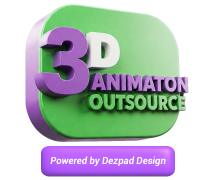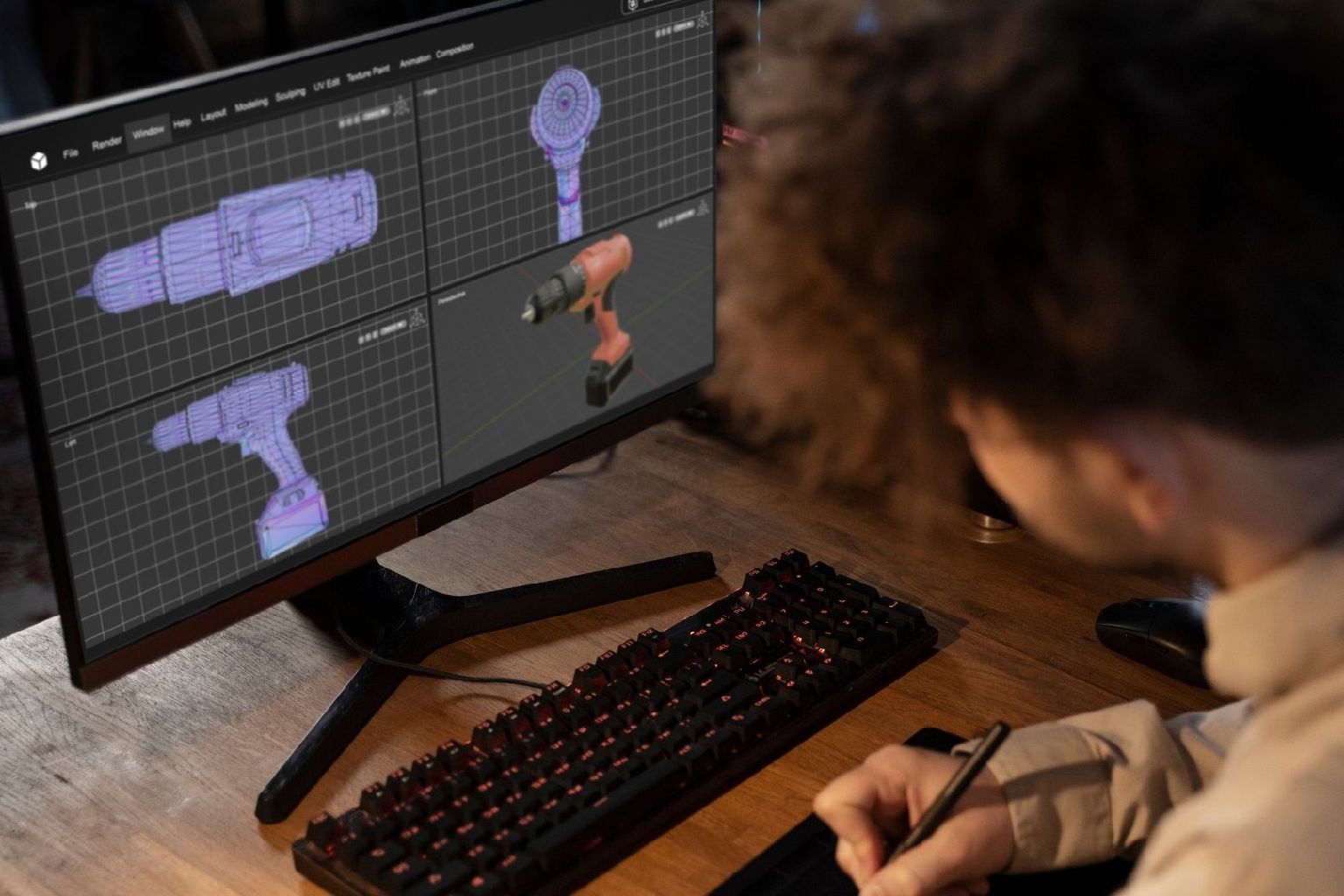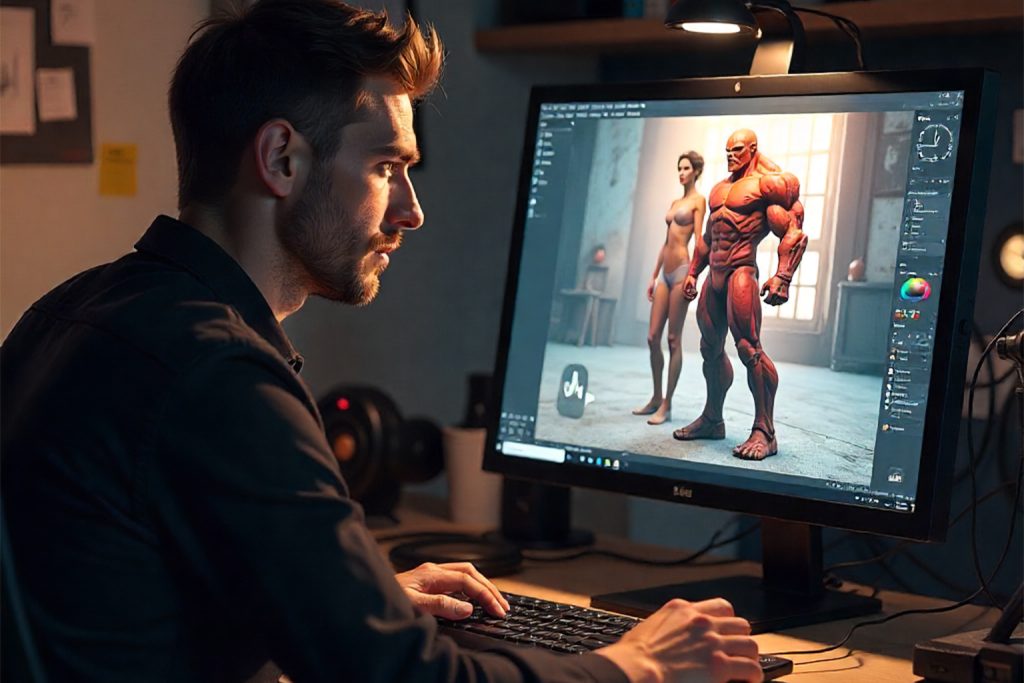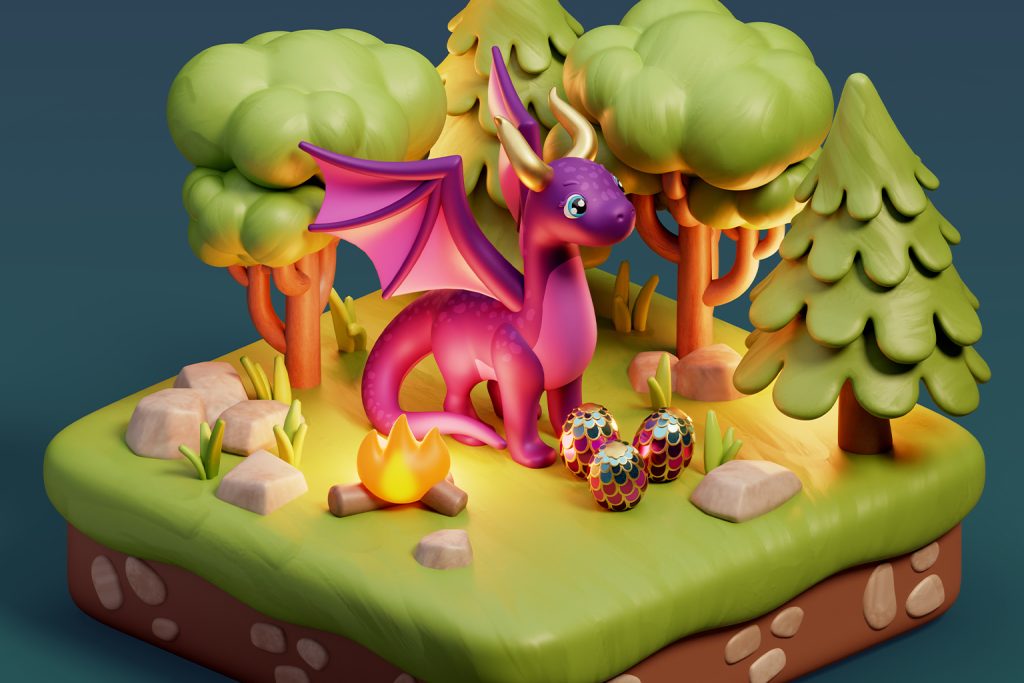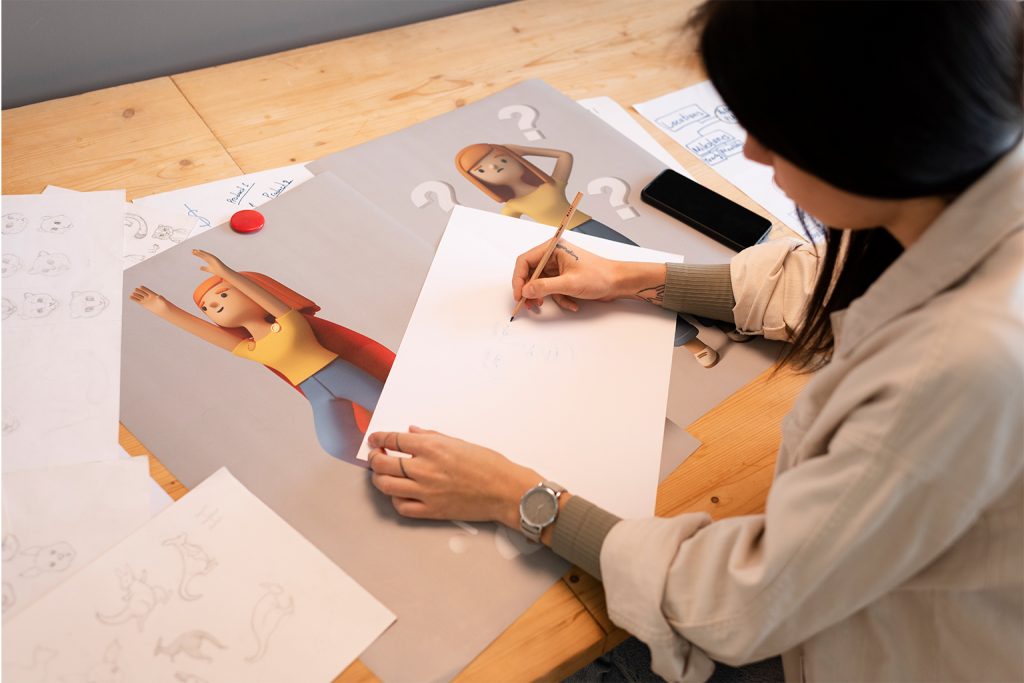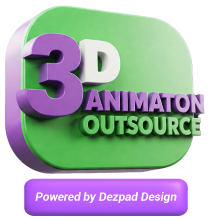Characters and sets must be finished before they can be rigged and animated, therefore modeling is one of the earliest stages in the animation process. However, modeling also includes modeling, rendering, shading, and special effects, as well as other pre-, production, and post-production phases in an iterative cycle.
In order to direct their work, 3D game models usually obtain concept drawings and model sheets produced at the start of pre-production. To expedite the modeling process, model sheets offer a variety of character perspectives, including a natural position from the front and back. 3D modelling and animation accuracy depends on knowing the concept artist’s vision because these materials aren’t always available. It is also possible to employ photo references. To better convey their vision, some directors keep a collection of photo references.
Definition of 3D modeling
3D modeling for games is a three-dimensional representation of objects, animals, machines, and humans. In animation production, all the settings and characters are composed of a 3D model. Modeling is an initial step in producing an animation that is done in an animation studio. This is because characters and settings need to be completed before they can be rigged and animated. Also, settings need to be located in their places to specify the very last layout and composition of shots..
Process of 3D modeling
The multi-step 3D modeling process makes environments, objects, and characters come to life like anime character 3D model. From video games to animations, the final 3D model’s quality is largely dependent on the attention to detail and technical skill used throughout the many modeling stages. Getting visual references is the first step in the process, and the final rendering is the last. We will offer important insights into the art of 3D modeling in this essay. It also describes how to balance practical runtime issues with visual quality in 3D modeling creation.
1. Concept and Reference Gathering
This initial phase involves ideation, sketching, and gathering reference materials to define the design, purpose, and technical requirements of the 3D model
2. Blockout
Using basic geometric shapes (like cubes and spheres), you build the fundamental structure and proportions of the model, often called the “blockout
3.Detailing & Refinement
This step adds complexity to the blockout by introducing secondary and tertiary details, ensuring all elements work cohesively and the overall model maintains proper proportions
4. Texturing:
Texturing adds realism and visual detail to the model by applying 2D texture maps to its surface and assigning materials
5. Rendering:
The final step where the 3D model and its materials are converted into a 2D image or animation
Challanges of 3D modeling
Establishing Visual Objectives and Technical Limits
Every project has a distinct visual identity that must be established early on in the modeling phase. Is stylization or realism your goal? Is it grungy, cartoony, or space-age? These objectives dictate how you approach form, detail, and surface treatment in addition to determining the final result. Technically, depending on the engine you’re using, you’ll need to be mindful of restrictions like shader compatibility, texture sizes, and polygon budgets. At this point, the most important factor is striking a balance between technical ability and creative vision.
Aligning with Target Platform Requirements (Game, Animation, VR)
The platform for which your asset is intended has a significant impact. Real-time settings, such as VR or mobile games, extract 3D models from games, require thin models with solid textures and a clear topology. On the other side, since hardware requirements don’t limit performance, animation for the movie or cinematics can be more intricate and detailed. You can make well-informed choices about geometry density, resolution, and even rigging complexity if you are aware of the target platform.
3D modeling in animation opens endless creative possibilities when approached with the right workflow. From concept to rendering, every step plays a vital role in shaping professional results. If you’re ready to bring your ideas to life or need expert guidance, contact us. Our team is here to support your journey and help you achieve stunning 3D projects.
